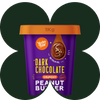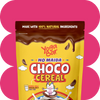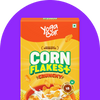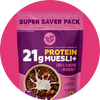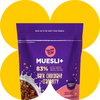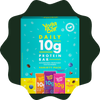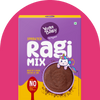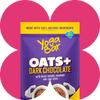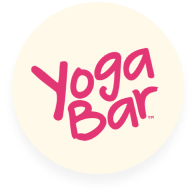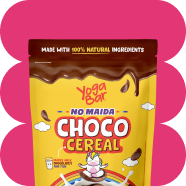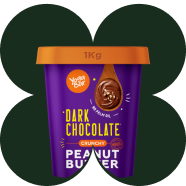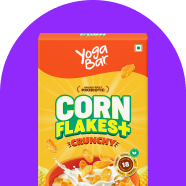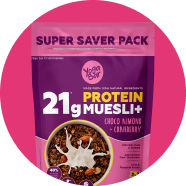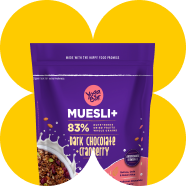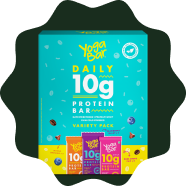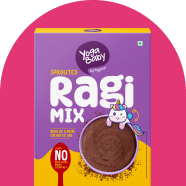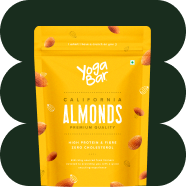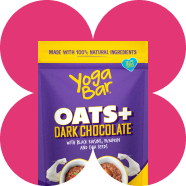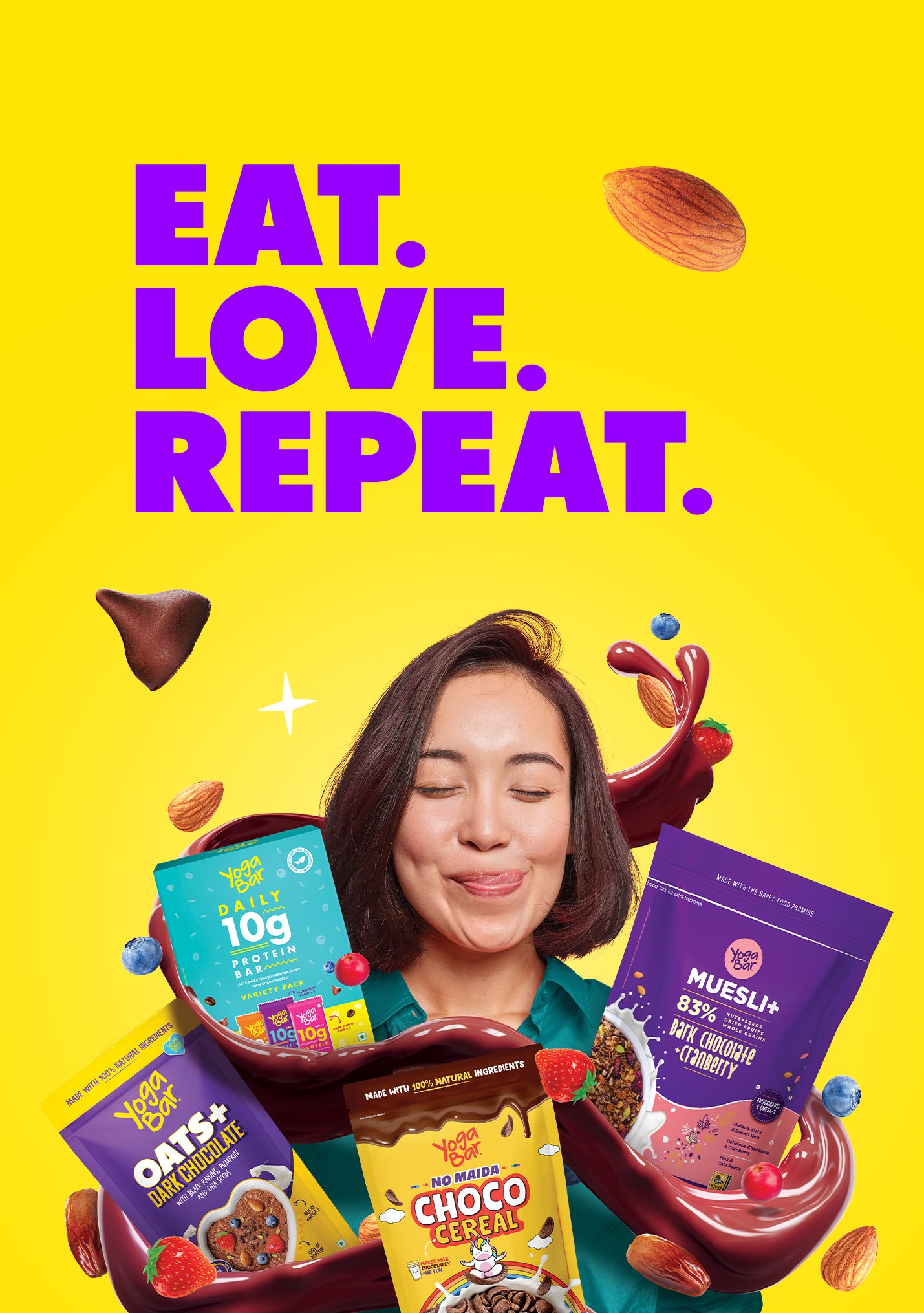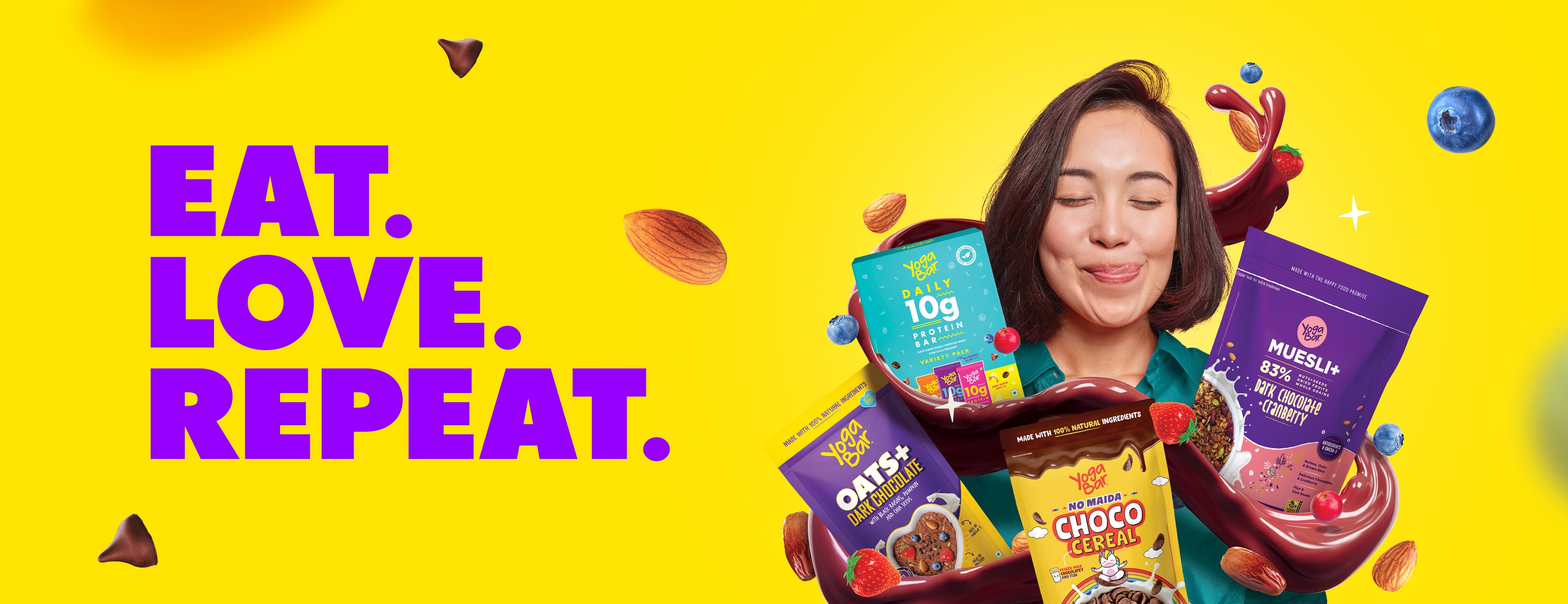A DISCOGRAPHY of YUMMINESS
From crunch rock (crunchy corn flakes) to smooth jazz (silky peanut butter), discover lip-smacking food that’ll make your taste buds sing!
-
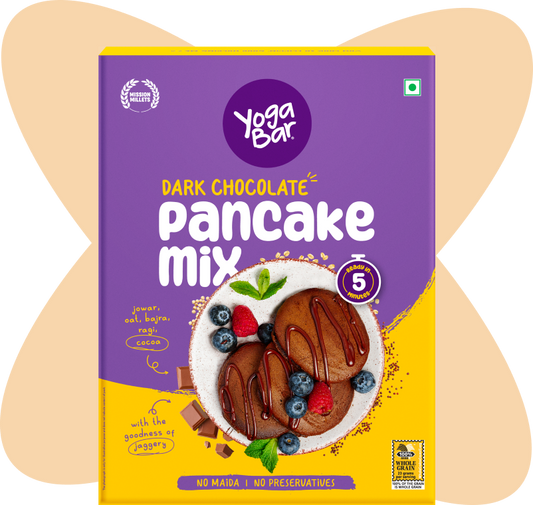
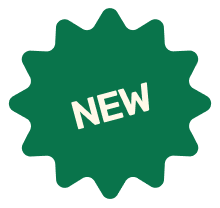



Dark Chocolate Pancake Mix, 150g
Who said you can't eat pancakes everyday?Regular price Rs. 143.00Regular priceUnit price perRs. 150.00Sale price Rs. 143.00Sale -
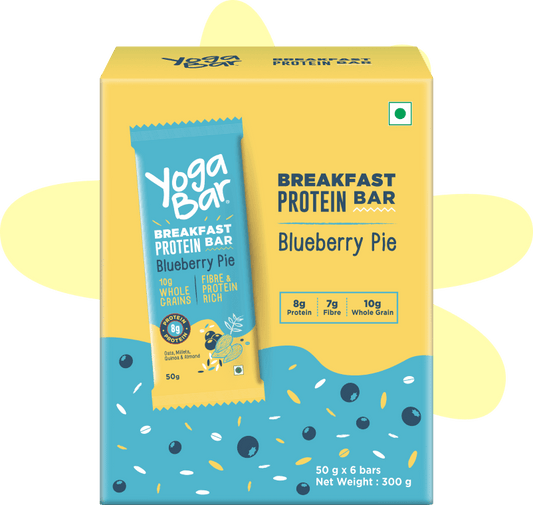




Blueberry Pie Breakfast Bar (Pack of 6)
I don’t like blueberry pie, said no one ever!Regular price Rs. 290.00Regular priceUnit price perRs. 359.00Sale price Rs. 290.00Sale -
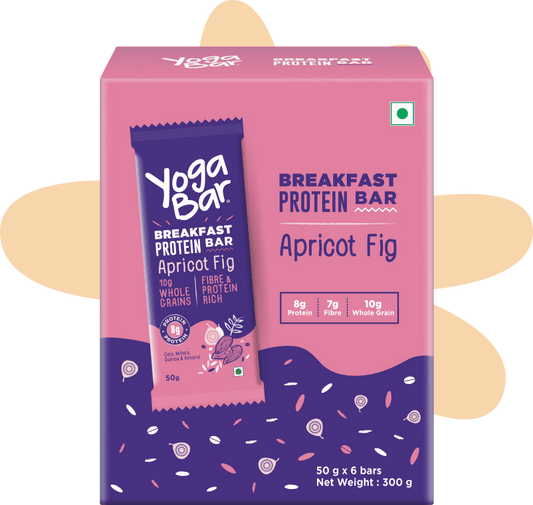



Apricot Fig Breakfast Bar (Pack of 6)
A quick fruity fix for people who’re too busy for breakfast.Regular price Rs. 290.00Regular priceUnit price perRs. 359.00Sale price Rs. 290.00Sale -
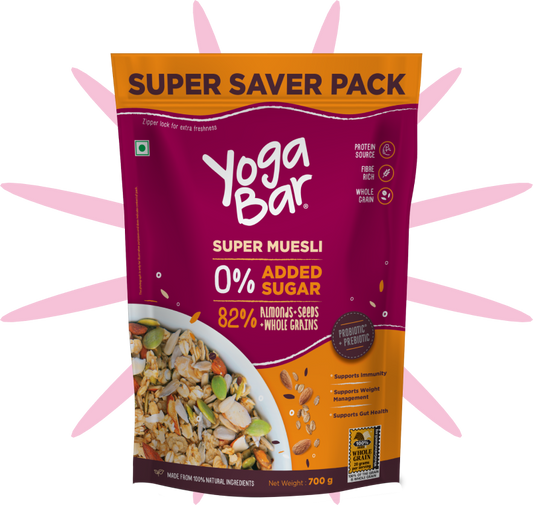
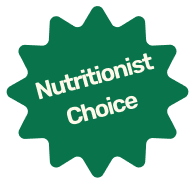



No Added Sugar Muesli 700g
The only muesli in the market with NO sugar. Period.Regular price Rs. 499.00Regular priceUnit price perRs. 499.00Sale price Rs. 499.00
You’ll definitely love this!
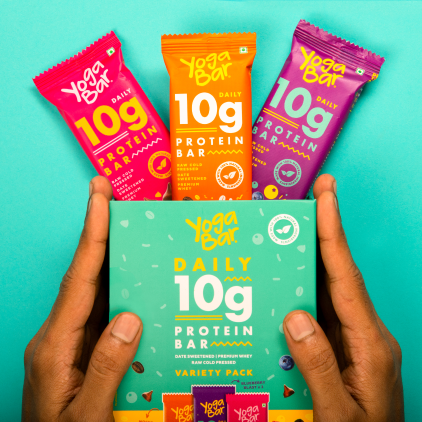
Balanced, wholesome, and made with the cleanest ingredients – they're (probably) the most advanced bars in town!
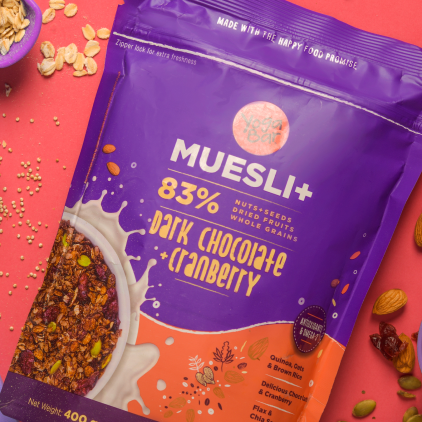
Packed with abundance of nuts, berries and seeds, a bowlful of any of these will surely satisfy all your breakfast needs
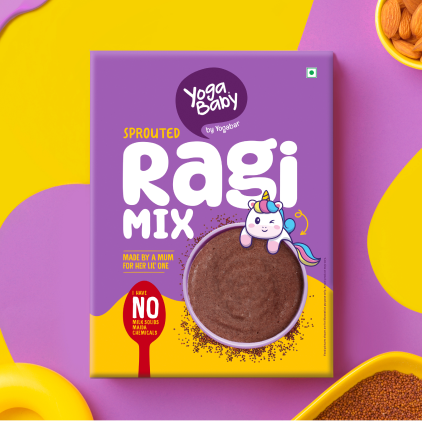
We took the most nutritious ancient grains and turned them into the most wholesome treats for your li’l ones! Now, that’s ‘babylicious’
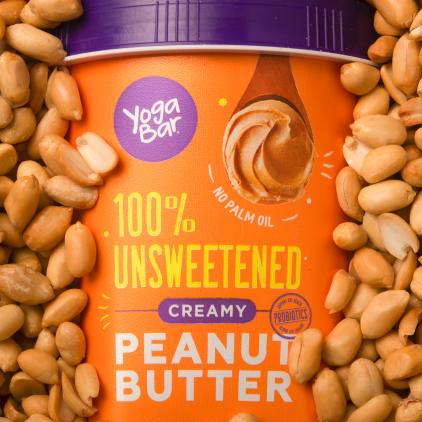
High in protein. Loaded with flavour. ‘Cause we love treating your tastebuds to deliciousness while making sure you reach your fitness goals
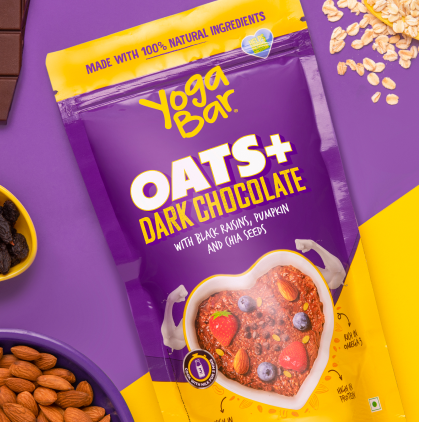
When it comes to our range of oats, we can’t help but gloat. Chocolatey, nutty, spicy, whole-grainy, it’s simply delightful! No wonder you keep coming back for more!
-
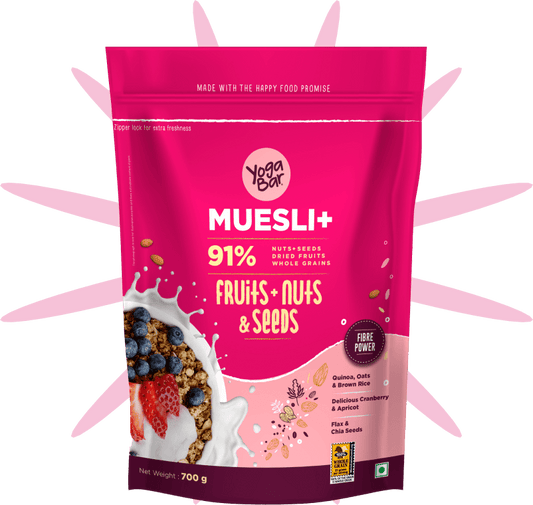




Fruits Nuts & Seeds Muesli 700g
Just a lotta fruits, nuts, seeds, and whole grains. Wholesome innit?Regular price Rs. 499.00Regular priceUnit price perRs. 499.00Sale price Rs. 499.00 -
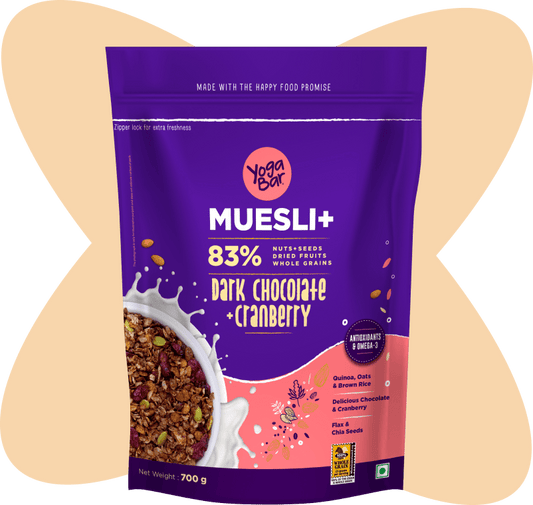




Dark Chocolate & Cranberry Muesli 700g
Some things are better when it's dark, just like this muesli.Regular price Rs. 499.00Regular priceUnit price perRs. 499.00Sale price Rs. 499.00 -
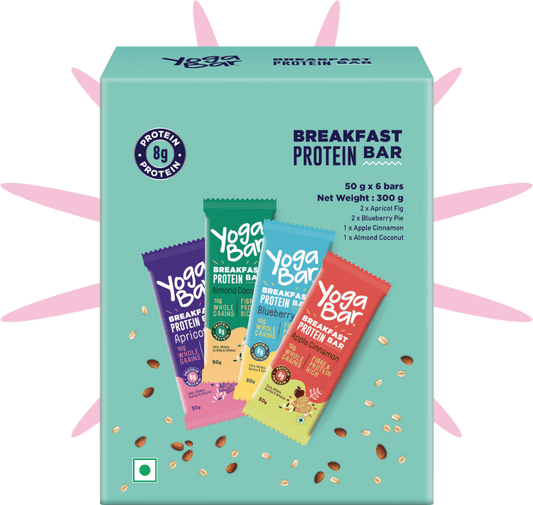



Variety Pack Breakfast Bar Box (Pack of 6)
Name a better flavour combo, we’ll wait!Regular price Rs. 290.00Regular priceUnit price perRs. 359.00Sale price Rs. 290.00Sale -
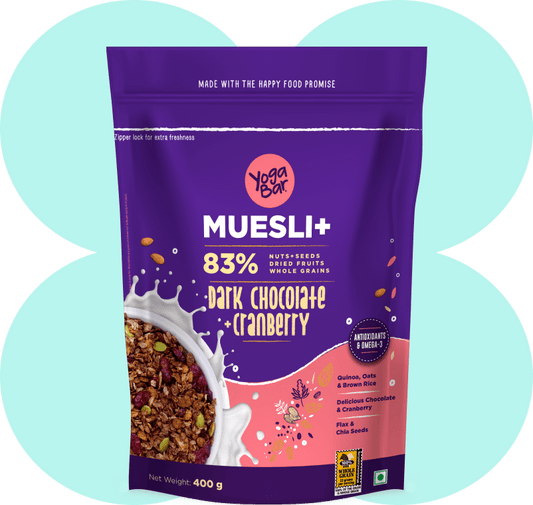




Dark Chocolate & Cranberry Muesli 400g
Some things are better when it's dark, just like this muesli.Regular price Rs. 371.00Regular priceUnit price perRs. 390.00Sale price Rs. 371.00Sale -
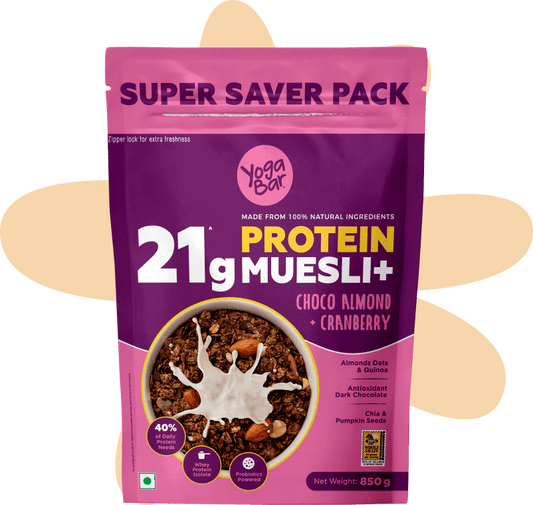
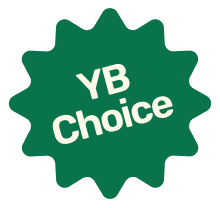



21g Protein Muesli Choco Almond 850g
When we say 21g protein, we mean it.Regular price Rs. 784.00Regular priceUnit price perRs. 825.00Sale price Rs. 784.00Sale -
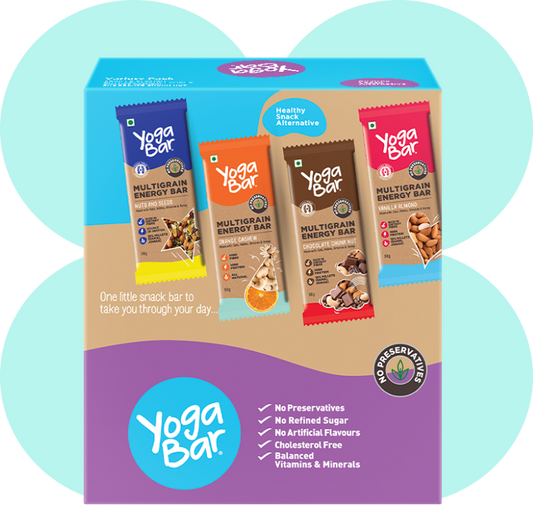



Variety Pack Energy Bar (Pack of 10)
Unadulterated energy, in every bite.Regular price Rs. 399.00Regular priceUnit price perRs. 499.00Sale price Rs. 399.00Sale -
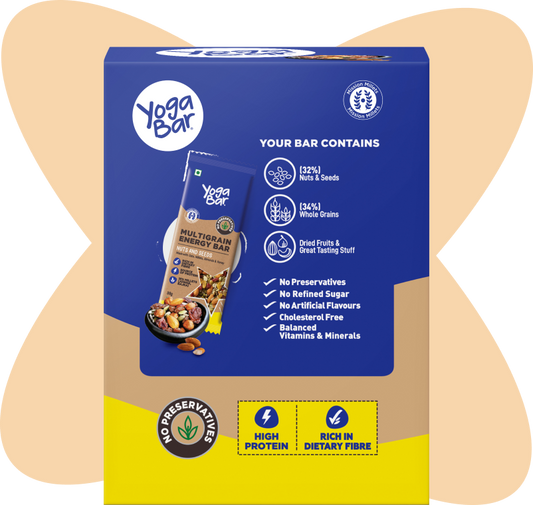



Nuts & Seeds Energy Bars (Pack of 10)
Unadulterated energy, in every bite.Regular price Rs. 399.00Regular priceUnit price perRs. 499.00Sale price Rs. 399.00Sold out -
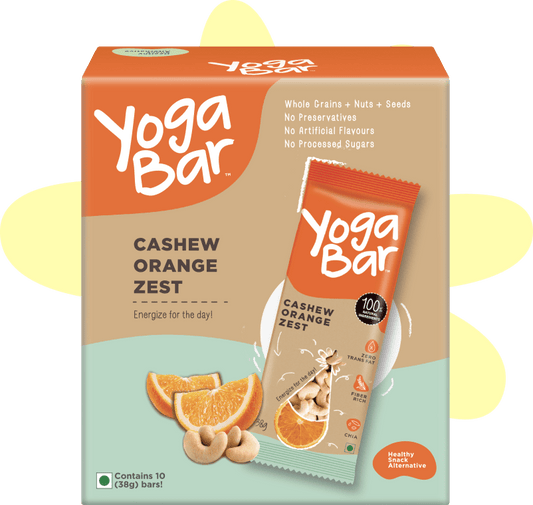



Cashew Orange Energy Bars (Pack of 10)
A nut and a fruit walked into a bar. It turned into an energy bar.Regular price Rs. 399.00Regular priceUnit price perRs. 499.00Sale price Rs. 399.00Sold out
Simple Ideology.
Bold Flavours.

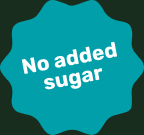

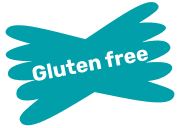







-
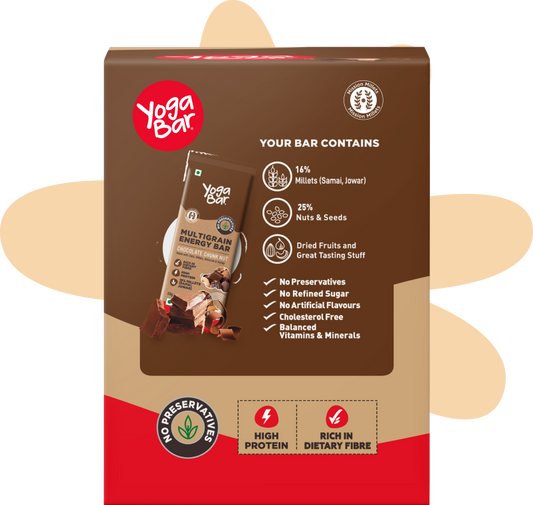




Chocolate Chunk Nut Energy Bars (Pack of 10)
Rich. Robust. Chocolatey. Chunky. Now, that’s an energy bar!Regular price Rs. 399.00Regular priceUnit price perRs. 499.00Sale price Rs. 399.00Sale -
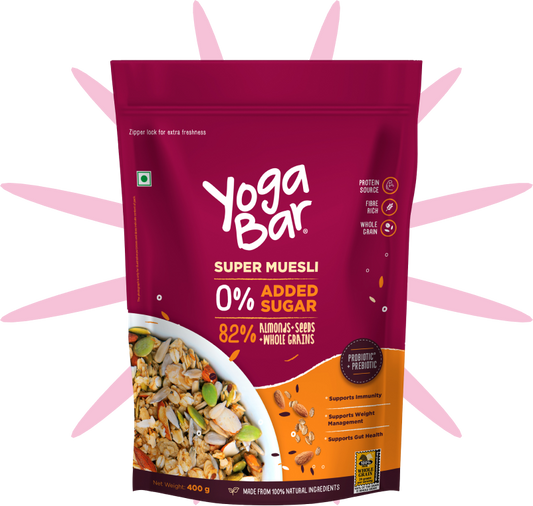




No Added Sugar Muesli 400g
The only muesli in the market with NO sugar. Period.Regular price Rs. 371.00Regular priceUnit price perRs. 390.00Sale price Rs. 371.00Sale -
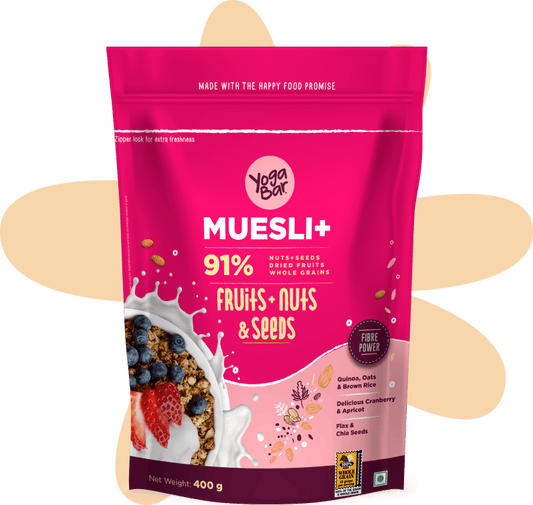




Fruits Nuts & Seeds Muesli 400g
Just a lotta fruits, nuts, seeds, and whole grains. Wholesome innit?Regular price Rs. 371.00Regular priceUnit price perRs. 390.00Sale price Rs. 371.00Sale -
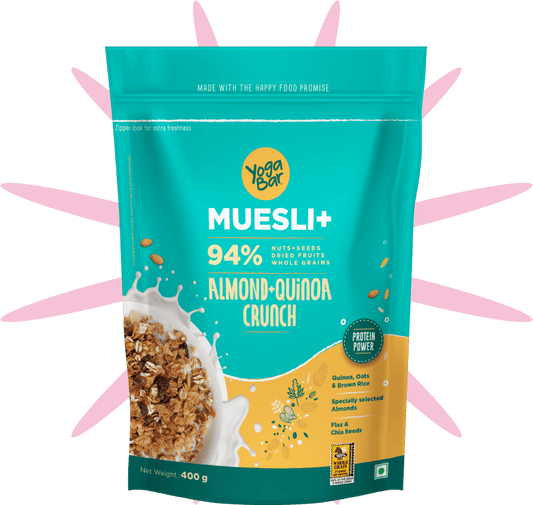



Almond Quinoa Muesli 400g
Nutty. Hearty. Tasty. Just what your mornings need, bestie!Regular price Rs. 371.00Regular priceUnit price perRs. 390.00Sale price Rs. 371.00Sale -
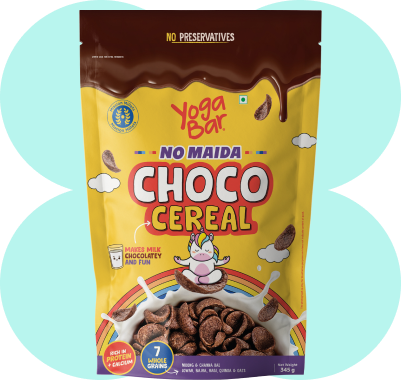




No Maida Choco Cereal, 345g
A Choco Cereal with 7 whole grains and no Maida.Regular price Rs. 247.00Regular priceUnit price perRs. 260.00Sale price Rs. 247.00Sale -
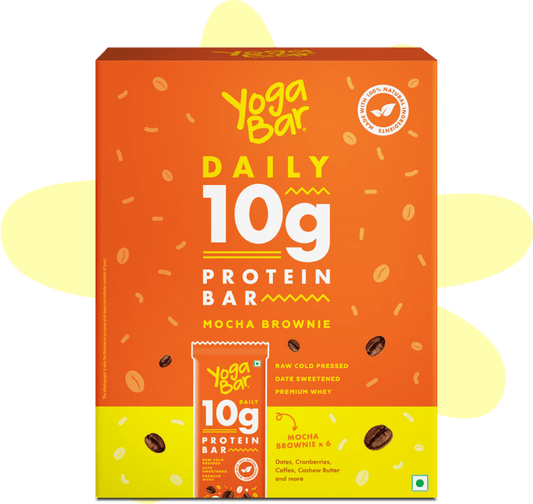
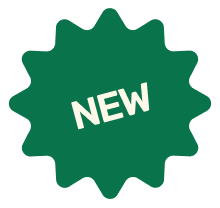



Mocha Brownie 10g Protein Bar Box (Pack of 6)
When you love eating healthy, but also love brownies.Regular price Rs. 449.00Regular priceUnit price perRs. 449.00Sale price Rs. 449.00 -
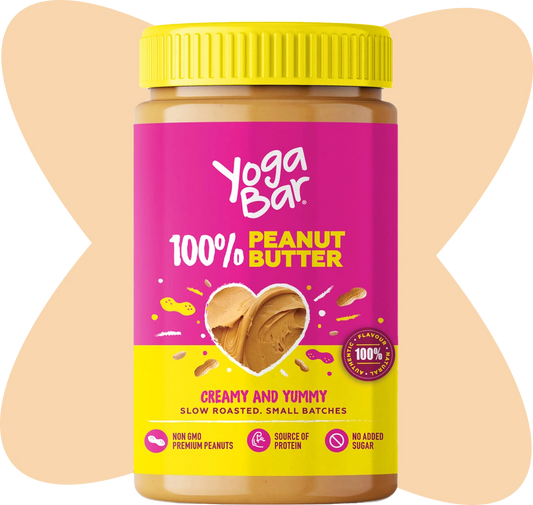



Creamy 100% Unsweetened Peanut Butter 1kg
0% sugar. 0% Palm Oil. 100% Nutty. 100% Probiotic.Regular price Rs. 503.00Regular priceUnit price perRs. 529.00Sale price Rs. 503.00Sale -
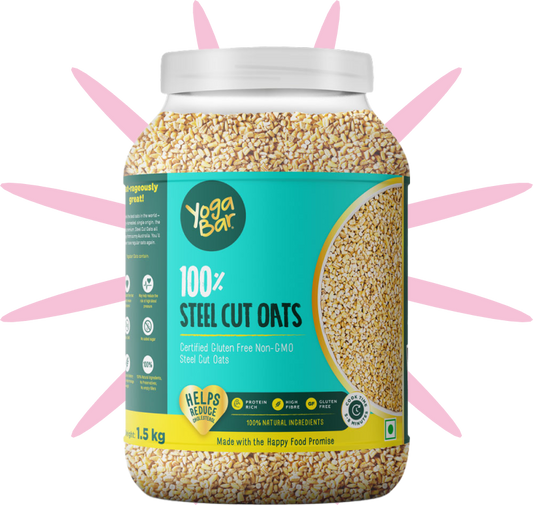



Steel Cut Oats 1.5kg
Oats in their most natural form. It can’t get healthier than this.Regular price Rs. 617.00Regular priceUnit price perRs. 649.00Sale price Rs. 617.00Sale
Let’s make something healthier together


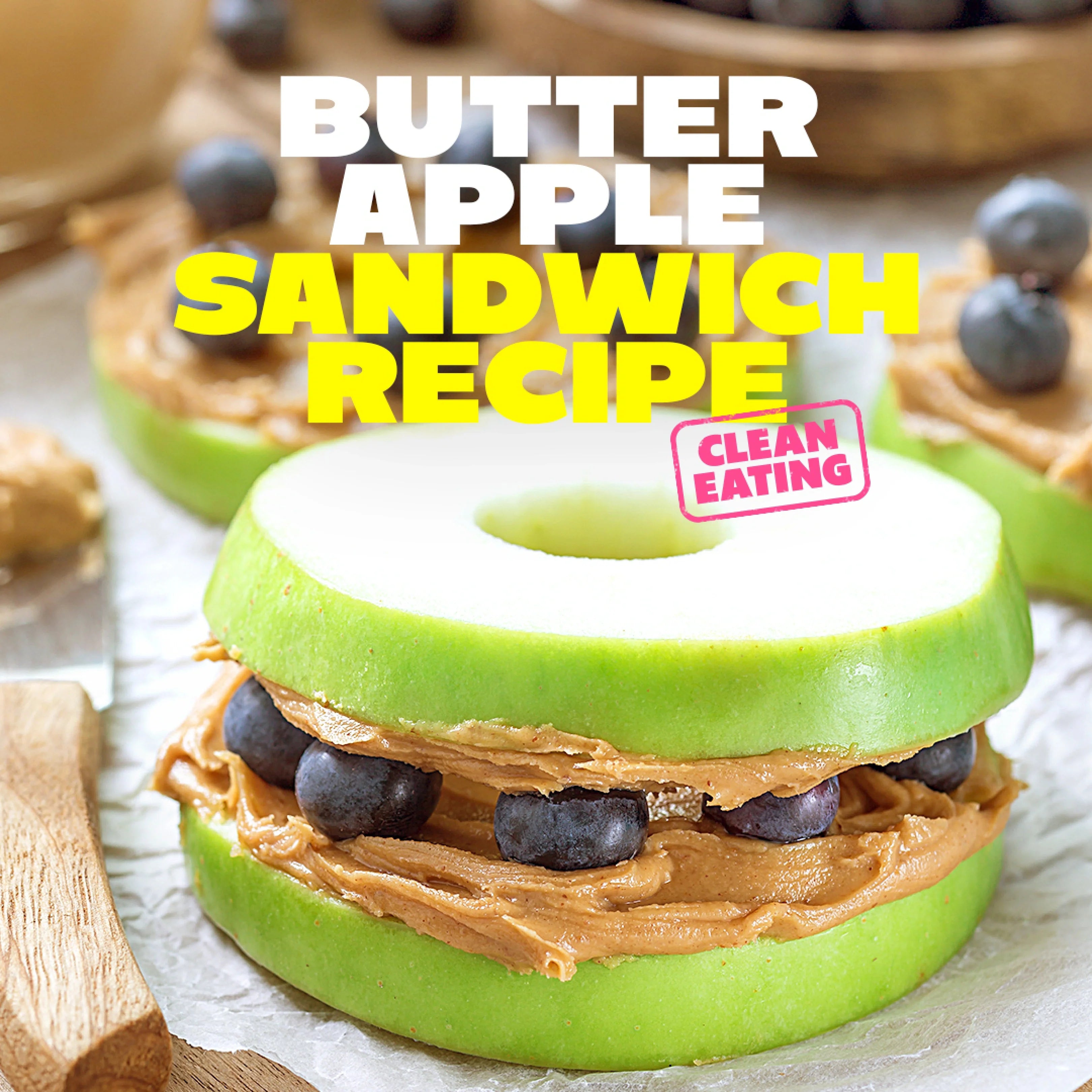

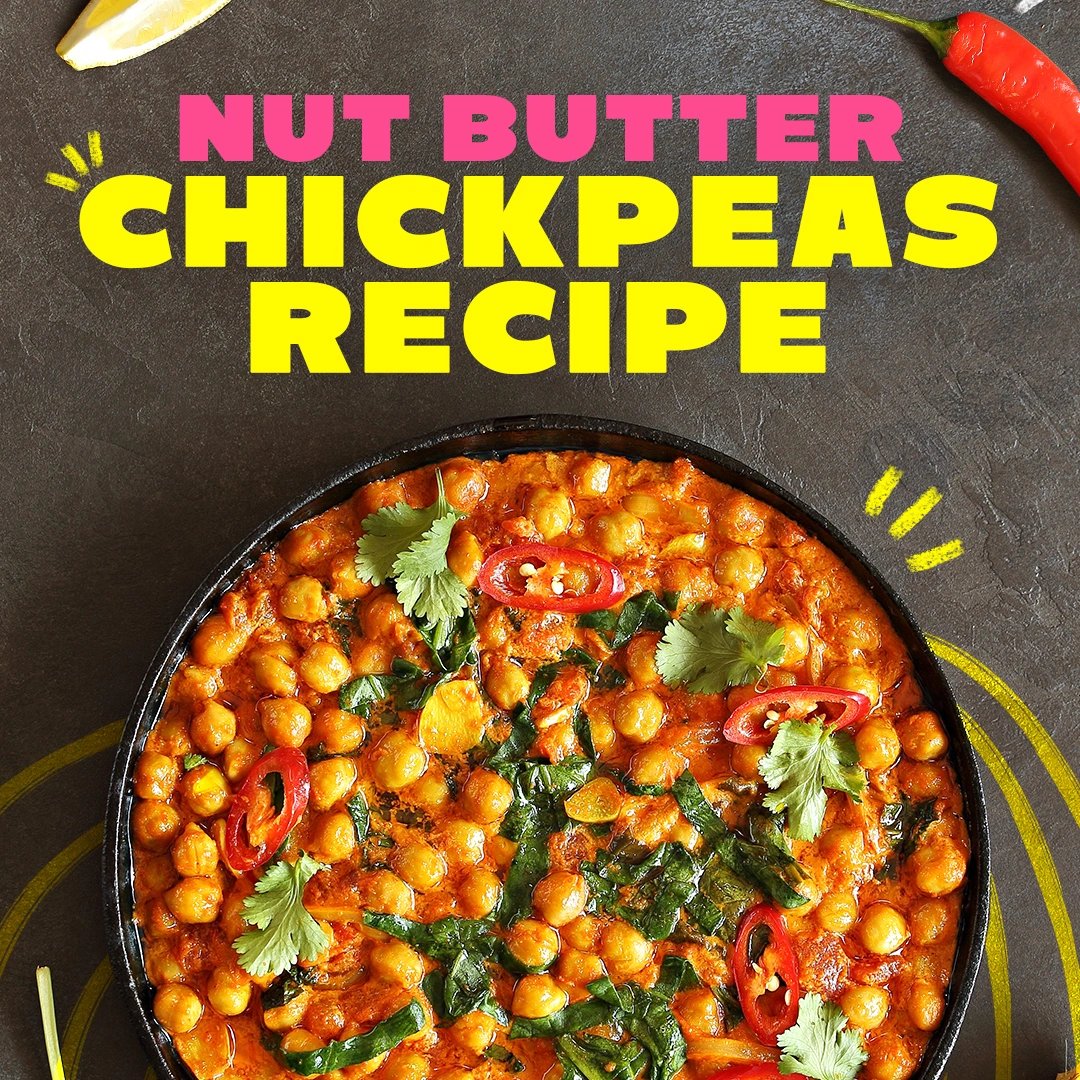

-
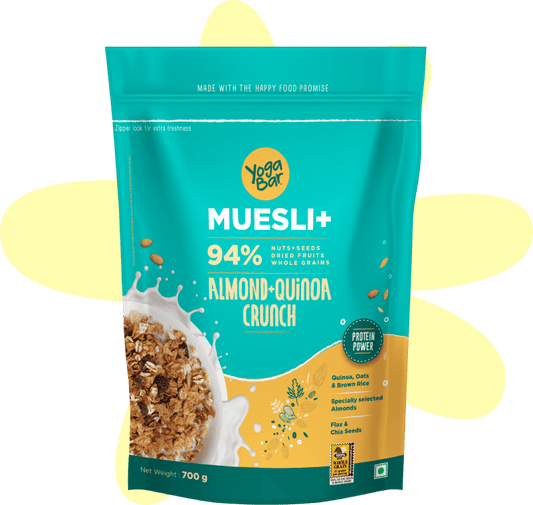



Almond Quinoa Muesli 700g
Nutty. Hearty. Tasty. Just what your mornings need, bestie!Regular price Rs. 499.00Regular priceUnit price perRs. 499.00Sale price Rs. 499.00 -
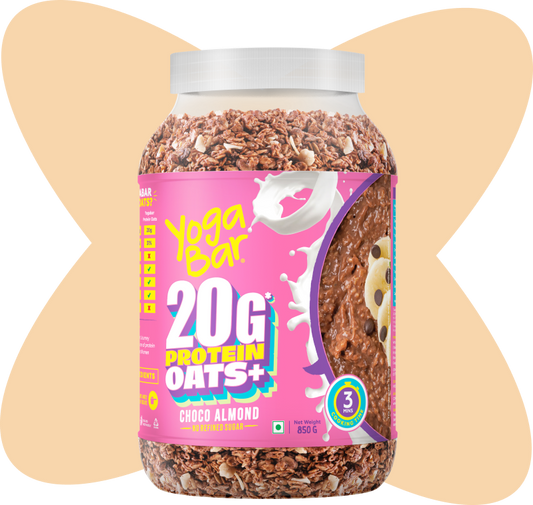




20g Protein Oats Choco Almond 850g
We made sure your mornings get the right amount of love and protein.Regular price Rs. 664.00Regular priceUnit price perRs. 699.00Sale price Rs. 664.00Sale -
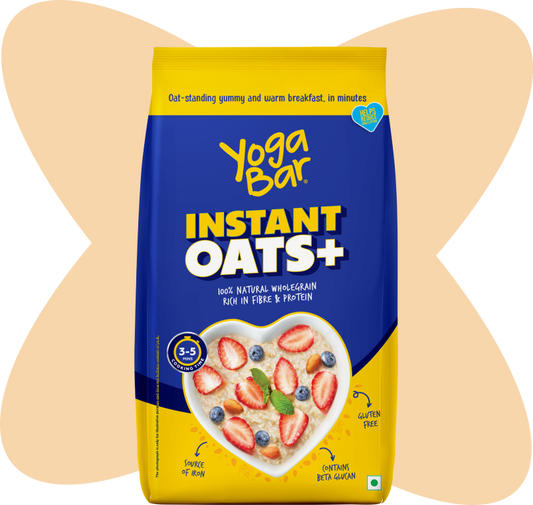




Instant Oats 1Kg
Instant satisfaction. Delayed hunger.Regular price Rs. 284.00Regular priceUnit price perRs. 299.00Sale price Rs. 284.00Sale -
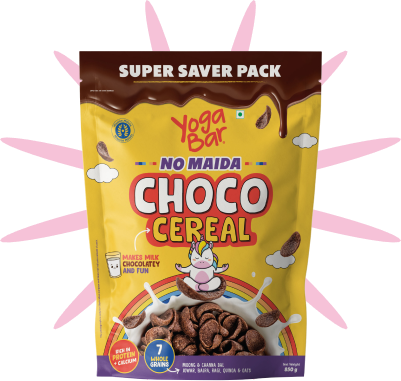




No Maida Choco Cereal, 850g
A Choco Cereal with 7 whole grains and no Maida.Regular price Rs. 522.00Regular priceUnit price perRs. 549.00Sale price Rs. 522.00Sold out -
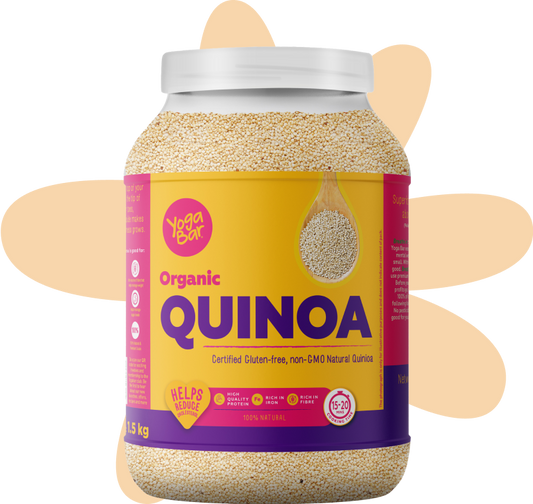




Whole Quinoa 1.5kg
Incredibly wholesome. Wonderfully (whole) grainy Quinoa.Regular price Rs. 712.00Regular priceUnit price perRs. 749.00Sale price Rs. 712.00Sale -
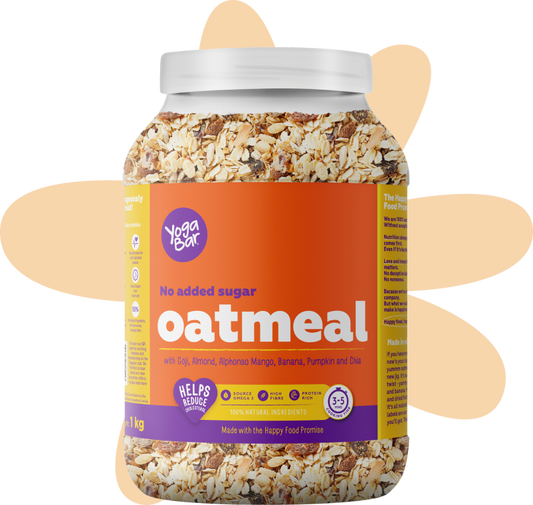



Mango & Banana Oatmeal 1kg
We took an oat(h) to make your days fruitier. And boy did we deliver!Regular price Rs. 617.00Regular priceUnit price perRs. 649.00Sale price Rs. 617.00Sale -
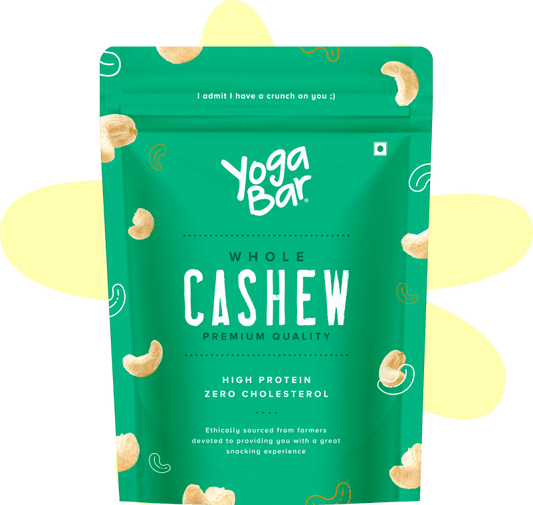




Whole Cashews 500g
Whole cashews, for wholesome snacking.Regular price Rs. 570.00Regular priceUnit price perRs. 600.00Sale price Rs. 570.00Sale -
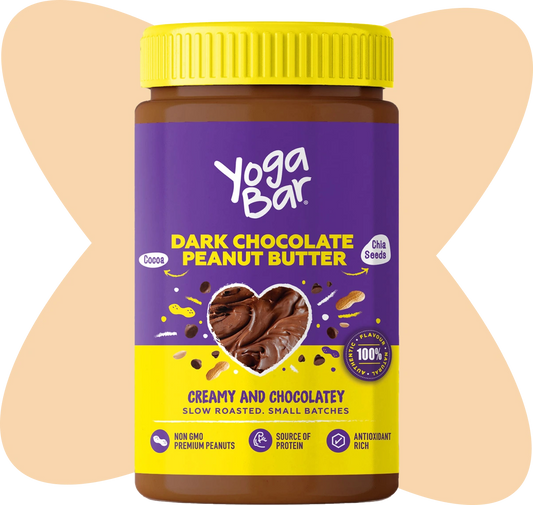




Creamy Dark Chocolate Peanut Butter with Probiotics 1kg
Your Monday Morning Motivation.Regular price From Rs. 560.00Regular priceUnit price perRs. 589.00Sale price From Rs. 560.00Sale
-
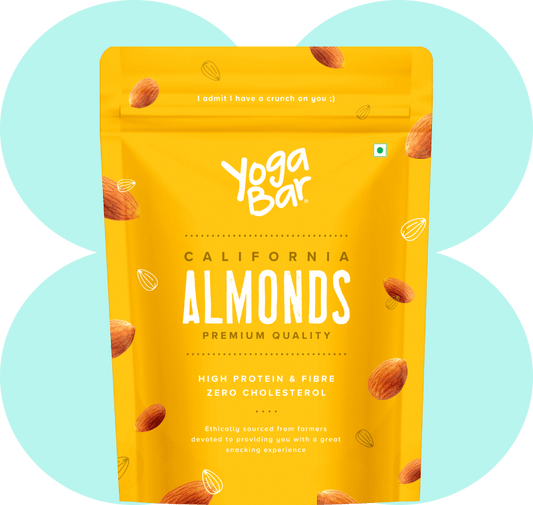



California Almonds 500g
So good, you’ll go nuts.Regular price Rs. 546.00Regular priceUnit price perRs. 575.00Sale price Rs. 546.00Sale -
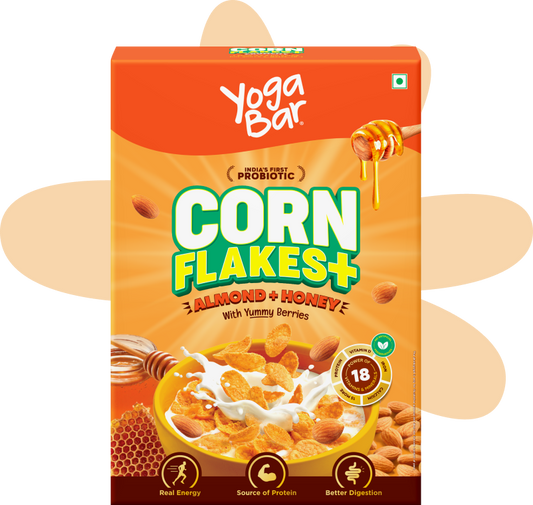



Corn Flakes Honey Almond 850g
Classic brekkie with a sweet & nutty twist. What’s not to love?Regular price Rs. 546.00Regular priceUnit price perRs. 575.00Sale price Rs. 546.00Sale -
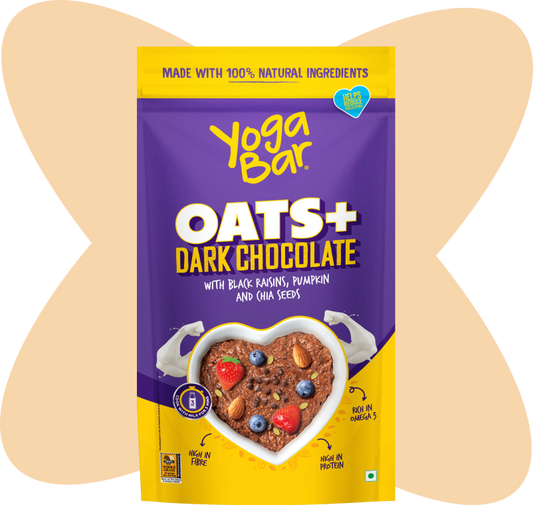




Dark Chocolate Oats 1kg
Goodness of Oats + Greatness of Dark Chocolate = The Best Mornings.Regular price Rs. 522.00Regular priceUnit price perRs. 549.00Sale price Rs. 522.00Sale -
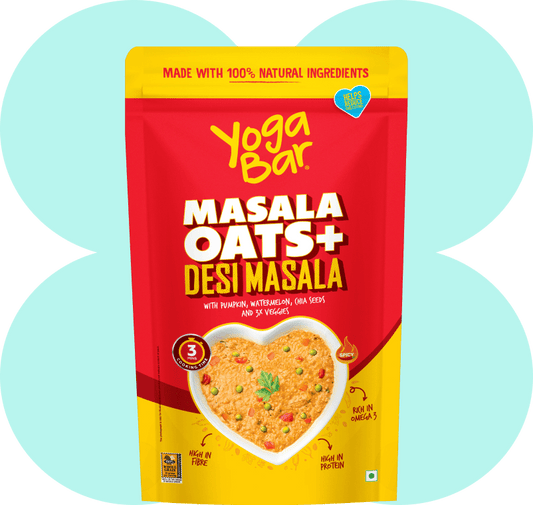




Desi Masala Oats 1kg
Caution: It’s the hottest oats in the country. Literally!Regular price Rs. 474.00Regular priceUnit price perRs. 499.00Sale price Rs. 474.00Sale -
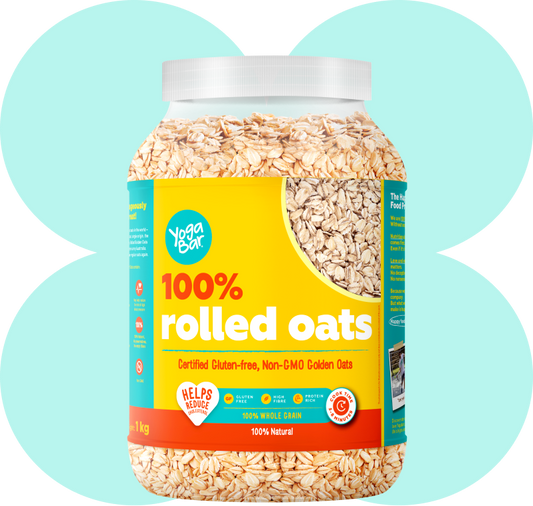




100% Rolled Oats 1kg
Take your breakfast to the next level, overnight!Regular price Rs. 466.00Regular priceUnit price perRs. 490.00Sale price Rs. 466.00Sale -
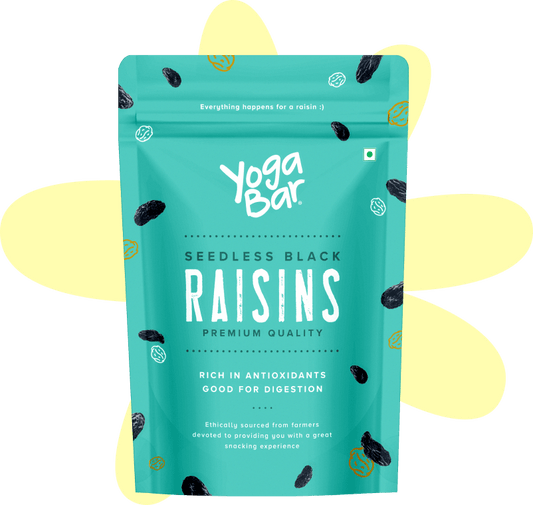



Afghani Black Raisins 500g
So good, you’ll be raisin’ the roof!Regular price Rs. 428.00Regular priceUnit price perRs. 450.00Sale price Rs. 428.00Sale -
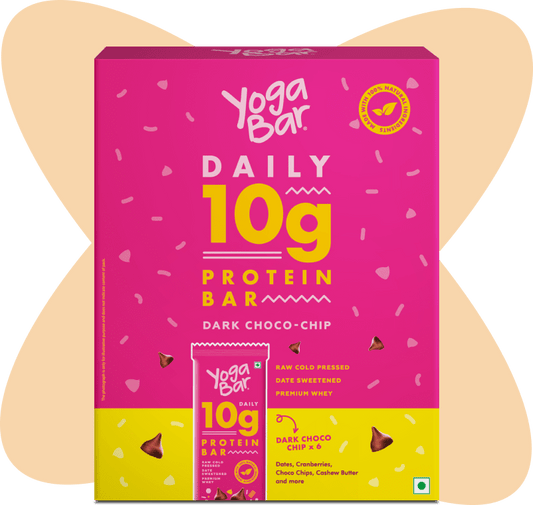



Dark Choco Chip 10g Protein Bar Box (Pack of 6)
Dark chocolate lovers, this one’s for you!Regular price Rs. 449.00Regular priceUnit price perRs. 449.00Sale price Rs. 449.00 -
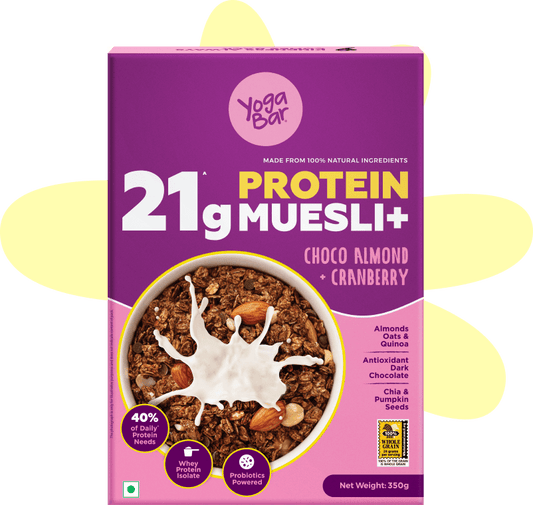




21g Protein Muesli Choco Almond 350g
When we say 21g protein, we mean it.Regular price Rs. 375.00Regular priceUnit price perRs. 395.00Sale price Rs. 375.00Sale -
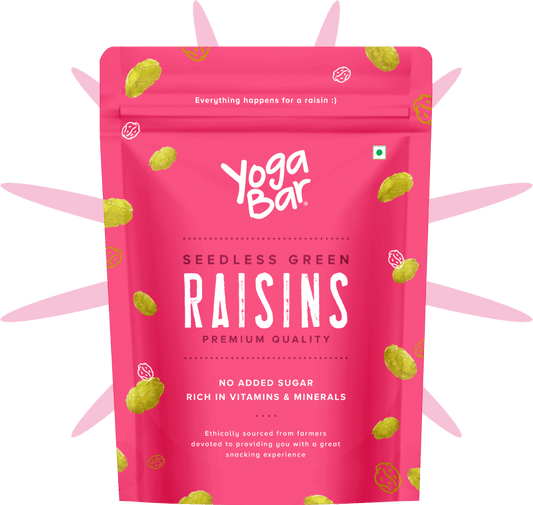



Green Raisins 500g
The sweetest way to eat your greens. JK!Regular price Rs. 356.00Regular priceUnit price perRs. 375.00Sale price Rs. 356.00Sale -
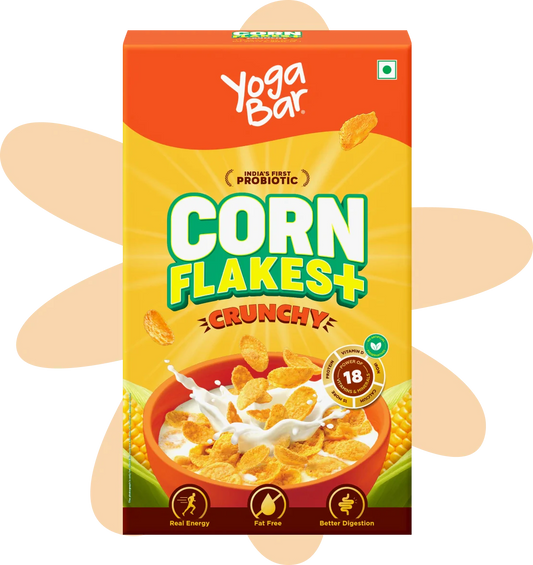




Corn Flakes Plain & Crunchy 850g
India’s first Probiotic Corn Flakes. Enough said.Regular price Rs. 337.00Regular priceUnit price perRs. 355.00Sale price Rs. 337.00Sale -
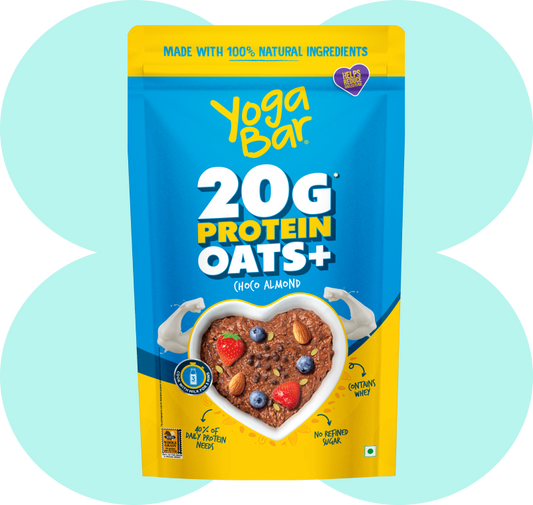




20g Protein Oats Choco Almond 350g
We made sure your mornings get the right amount of love and protein.Regular price Rs. 332.00Regular priceUnit price perRs. 349.00Sale price Rs. 332.00Sold out -
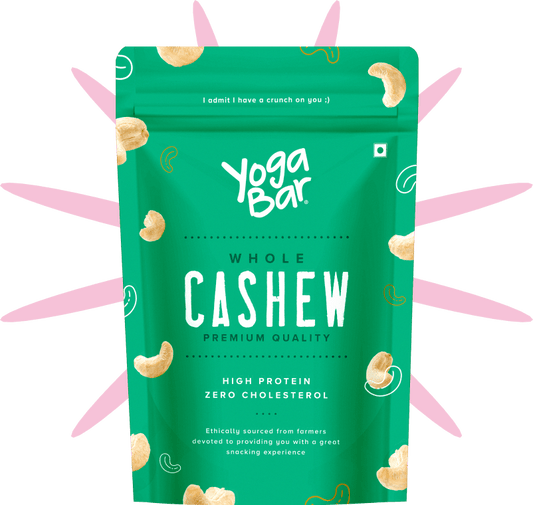




Whole Cashews 200g
Whole cashews, for wholesome snacking.Regular price Rs. 318.00Regular priceUnit price perRs. 335.00Sale price Rs. 318.00Sale -
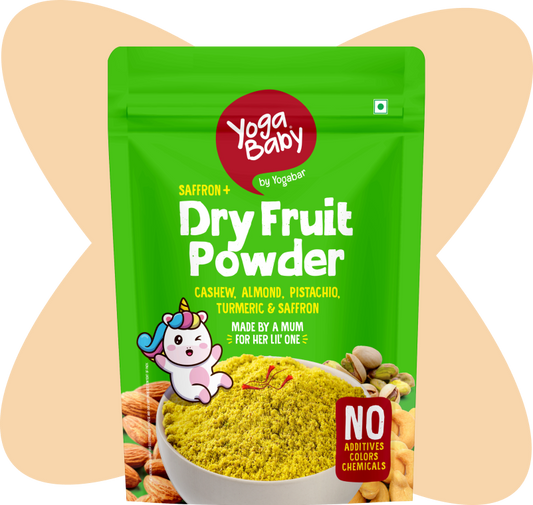



Dry Fruits Powder (with Saffron), 100g
Wholesome nuttiness, for your li’l nut.Regular price Rs. 474.00Regular priceUnit price perRs. 499.00Sale price Rs. 474.00Sold out -
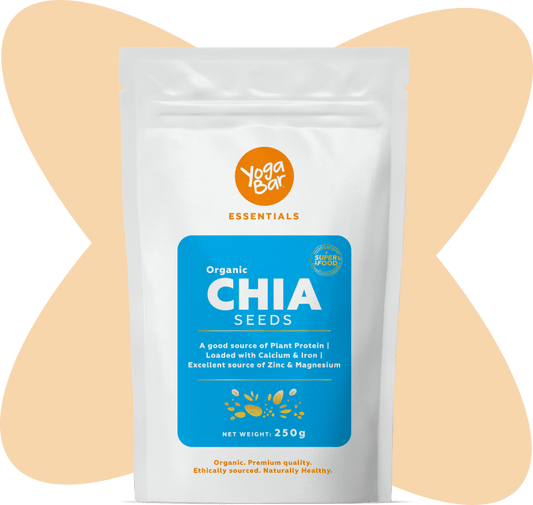




Chia Seeds 250g
Sprinkle them here, add them there. These nutrient-packed seeds are beyond compare.Regular price Rs. 284.00Regular priceUnit price perRs. 299.00Sale price Rs. 284.00Sale -
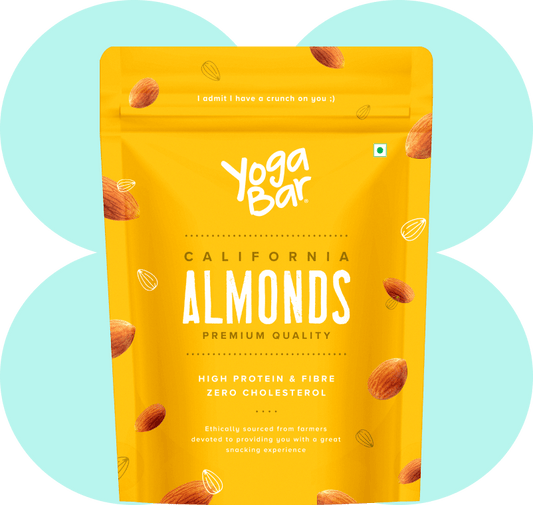



California Almonds 200g
So good, you’ll go nuts.Regular price Rs. 284.00Regular priceUnit price perRs. 299.00Sale price Rs. 284.00Sale -
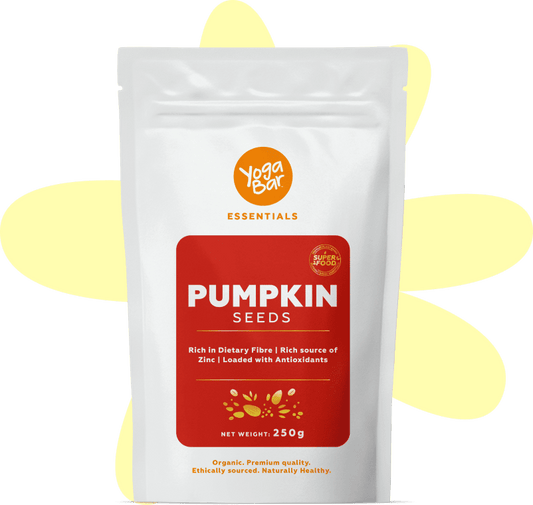



Pumpkin Seeds 250g
Good for snacking. Great for immunity boosting.Regular price Rs. 261.00Regular priceUnit price perRs. 275.00Sale price Rs. 261.00Sale -
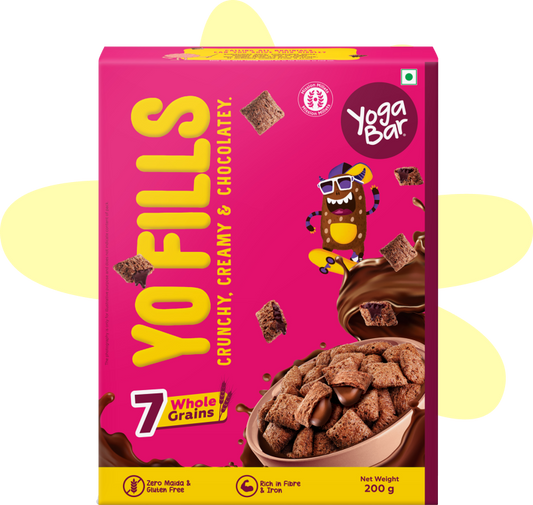



Yofills, 200g
A Choco Cereal with 7 whole grains and no Maida? This changes EVERYTHING!Regular price Rs. 247.00Regular priceUnit price perRs. 260.00Sale price Rs. 247.00Sale -
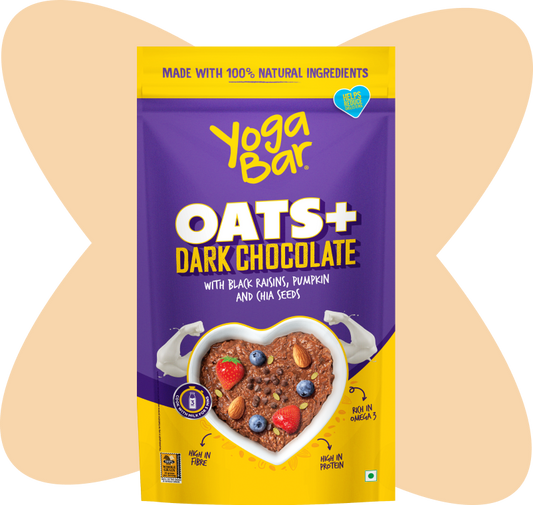




Dark Chocolate Oats 400g
Goodness of Oats + Greatness of Dark Chocolate = The Best Mornings.Regular price Rs. 237.00Regular priceUnit price perRs. 249.00Sale price Rs. 237.00Sale -
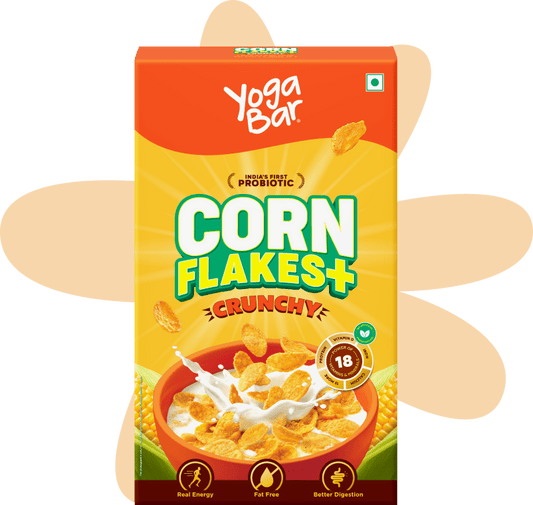




Corn Flakes Plain & Crunchy 425g
India’s first Probiotic Corn Flakes. Enough said.Regular price Rs. 195.00Regular priceUnit price perRs. 205.00Sale price Rs. 195.00Sale -
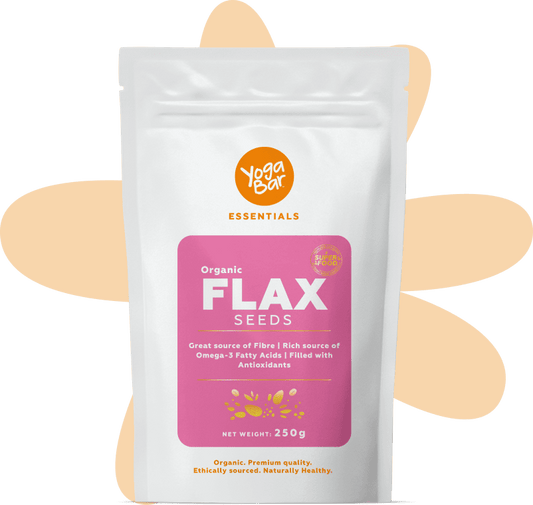




Flax Seeds 250g
A powerhouse of nutrients. Don’t get lax on them.Regular price Rs. 189.00Regular priceUnit price perRs. 199.00Sale price Rs. 189.00Sale -
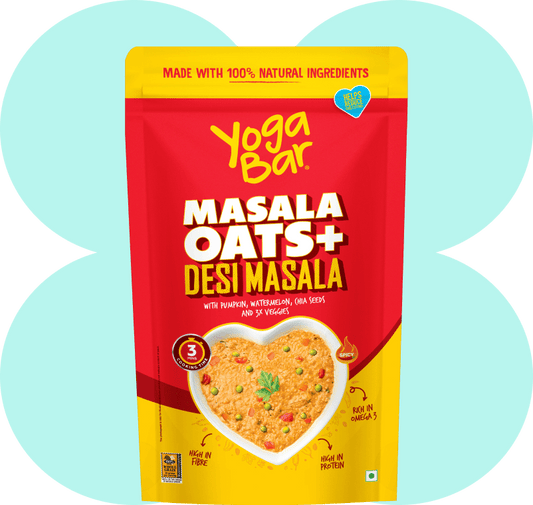




Desi Masala Oats 400g
Caution: It’s the hottest oats in the country. Literally!Regular price Rs. 237.00Regular priceUnit price perRs. 249.00Sale price Rs. 237.00Sale -
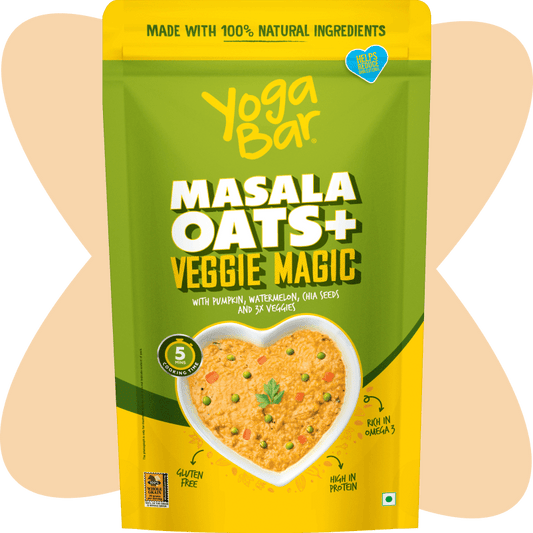



Veggie Magic Oats 400g
Oat-rageously healthy. Incredibly yummy.Regular price Rs. 237.00Regular priceUnit price perRs. 249.00Sale price Rs. 237.00Sale -
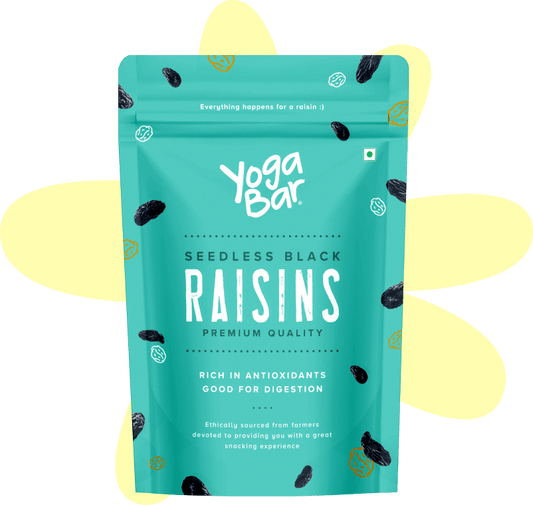



Afghani Black Raisins 200g
So good, you’ll be raisin’ the roof!Regular price Rs. 189.00Regular priceUnit price perRs. 199.00Sale price Rs. 189.00Sale -
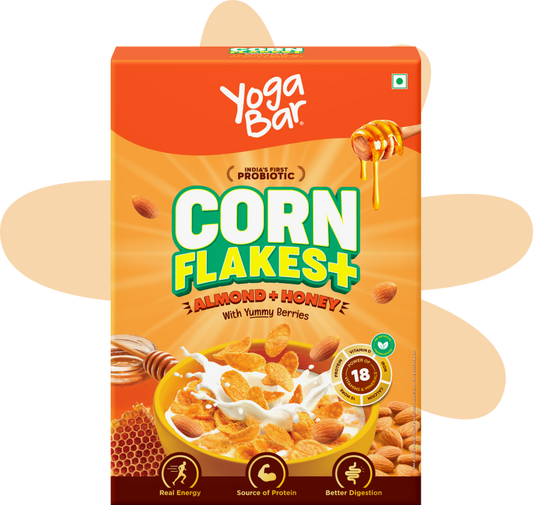



Corn Flakes Honey Almond 250g
Classic brekkie with a sweet & nutty twist. What’s not to love?Regular price Rs. 185.00Regular priceUnit price perRs. 195.00Sale price Rs. 185.00Sale -
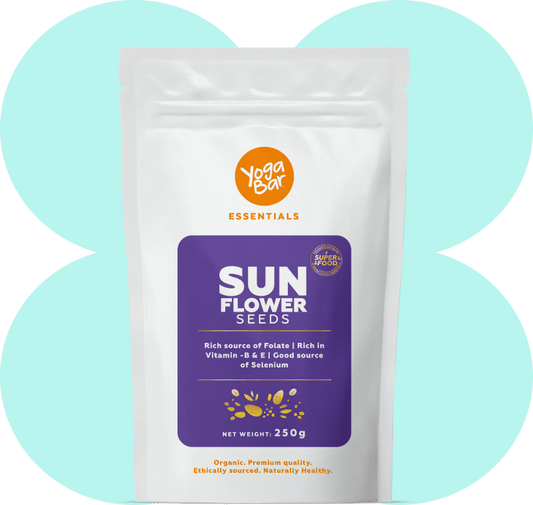



Sunflower Seeds 250g
Sun-kissed, crunchy, the right kind of munchies.Regular price Rs. 166.00Regular priceUnit price perRs. 175.00Sale price Rs. 166.00Sale -
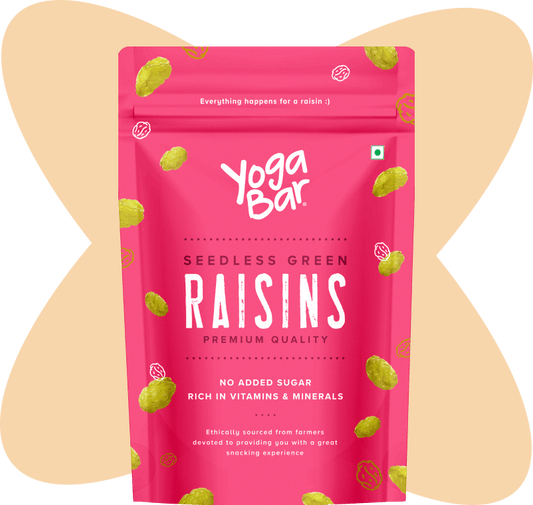



Green Raisins 200g
The sweetest way to eat your greens. JK!Regular price Rs. 157.00Regular priceUnit price perRs. 165.00Sale price Rs. 157.00Sale -
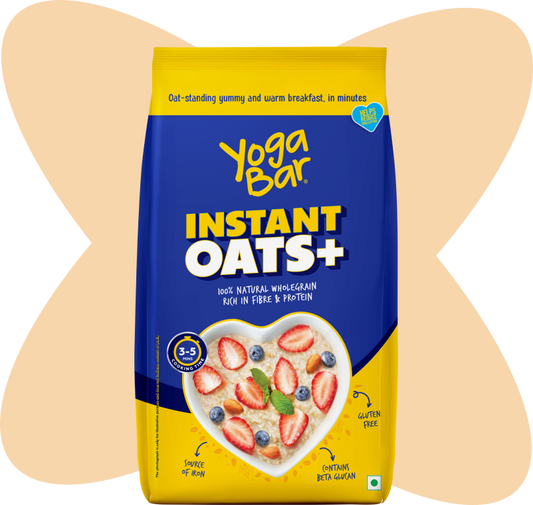




Instant Oats 450g
Instant satisfaction. Delayed hunger.Regular price Rs. 142.00Regular priceUnit price perRs. 149.00Sale price Rs. 142.00Sale -
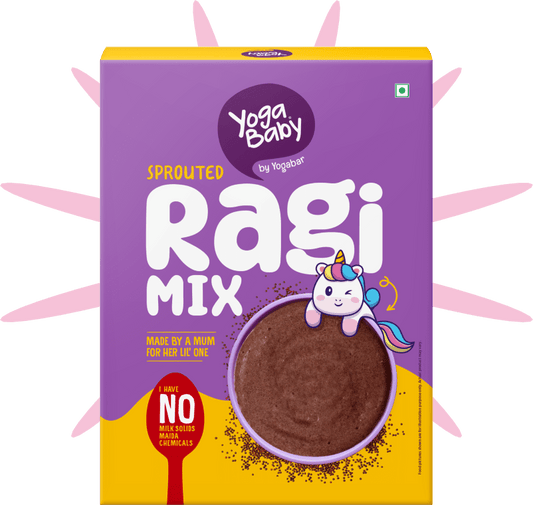



Sprouted Ragi Mix (250g)
Where there’s a will, there is a way. Where there’s ragi, it’s healthy all the way.Regular price Rs. 284.00Regular priceUnit price perRs. 299.00Sale price Rs. 284.00Sale -
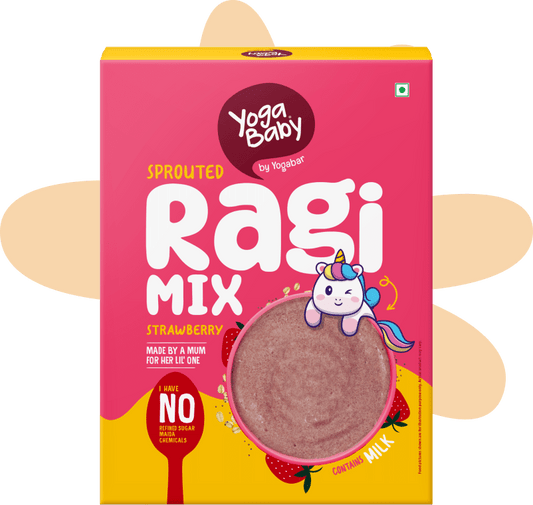



Sprouted Ragi Mix Strawberry (200g)
It’s berry healthy. But you know that already!Regular price Rs. 332.00Regular priceUnit price perRs. 349.00Sale price Rs. 332.00Sale -
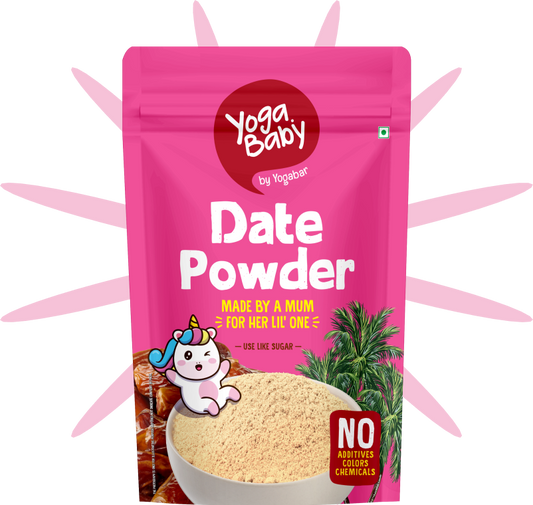



Dates Powder (300g)
A little something sweet for those play dates.Regular price Rs. 569.00Regular priceUnit price perRs. 599.00Sale price Rs. 569.00Sale -
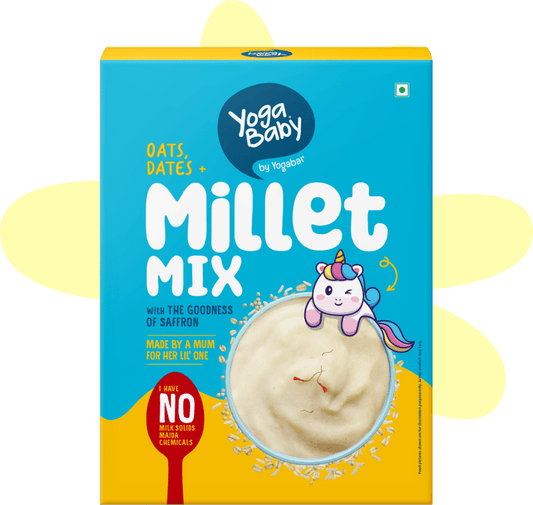



Oats, Dates, Saffron + Millet Mix (250g)
Ancient whole grains mixed with a whole lotta love, especially for your li’l one.Regular price Rs. 284.00Regular priceUnit price perRs. 299.00Sale price Rs. 284.00Sold out -
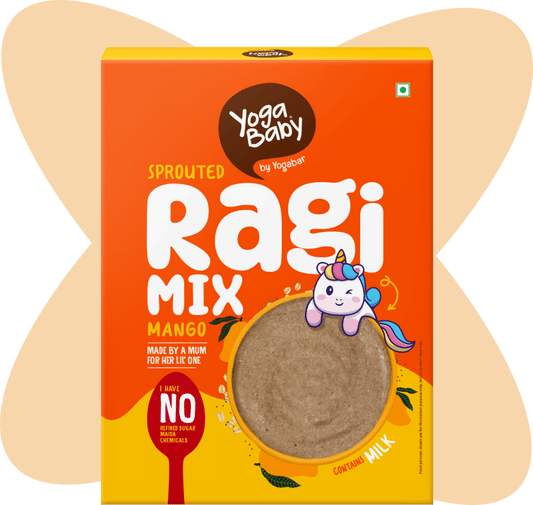



Sprouted Ragi Mix Mango (200g)
The king of fruits met a humble grain. Together, they created this masterpiece.Regular price Rs. 332.00Regular priceUnit price perRs. 349.00Sale price Rs. 332.00Sale -
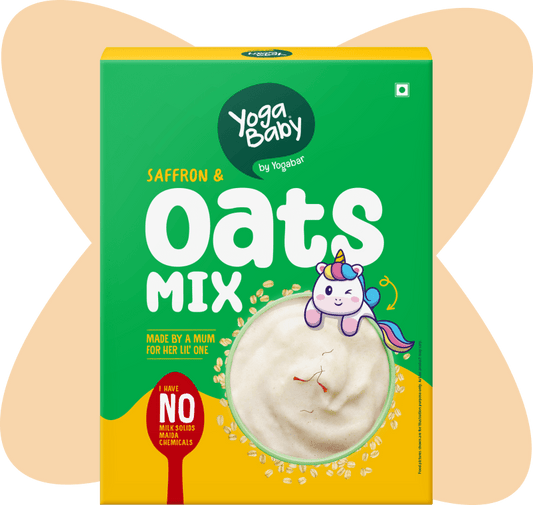



Saffron & Oats Mix (250g)
Made by a mum for her li’l one. ‘Oat’ to be good for your li’l one too.Regular price Rs. 237.00Regular priceUnit price perRs. 249.00Sale price Rs. 237.00Sale -
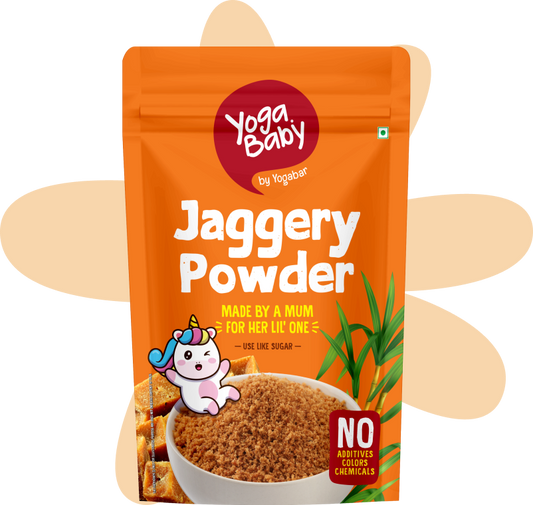



Jaggery Powder (300g)
Naturally sweet. Equally delightful.Regular price Rs. 237.00Regular priceUnit price perRs. 249.00Sale price Rs. 237.00Sale -
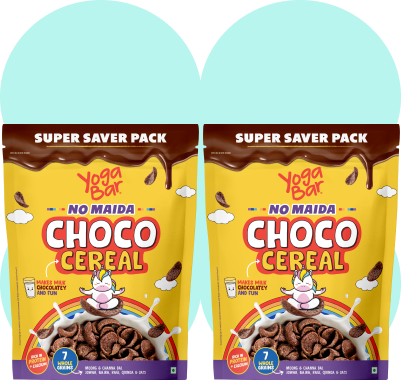




No Maida Choco Cereal, 850g (Pack of 2)
A Choco Cereal with 7 whole grains and no Maida.Regular price Rs. 1,043.00Regular priceUnit price perRs. 1,098.00Sale price Rs. 1,043.00Sold out -
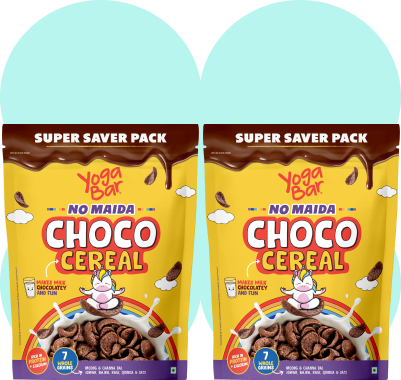




No Maida Choco Cereal, 345g (Pack of 2)
A Choco Cereal with 7 whole grains and no Maida.Regular price Rs. 494.00Regular priceUnit price perRs. 520.00Sale price Rs. 494.00Sale -
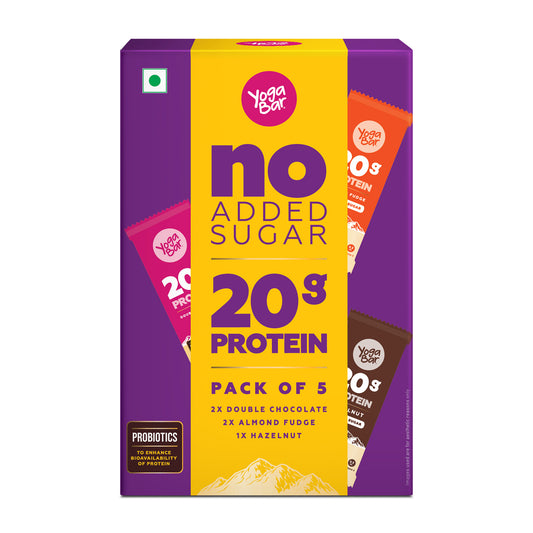




Variety Pack 20g Protein Bar Box (Pack of 5)
A little nutty. A little fudgy. A whole lotta protein.Regular price Rs. 664.00Regular priceUnit price perRs. 699.00Sale price Rs. 664.00Sold out -
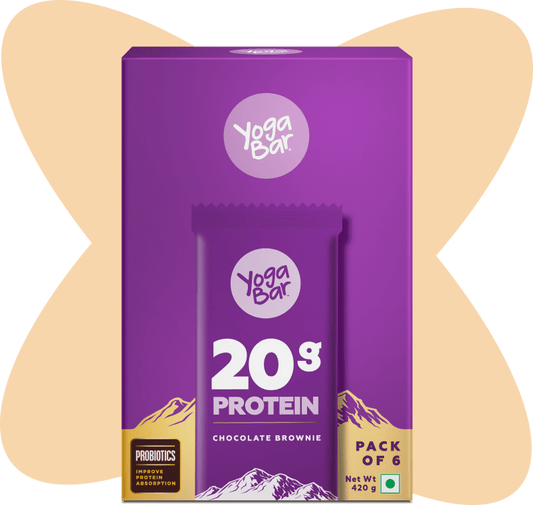




Chocolate Brownie 20g Protein Bar (Pack of 6)
Can't go wrong with this classic flavour.Regular price Rs. 712.00Regular priceUnit price perRs. 839.00Sale price Rs. 712.00Sale -
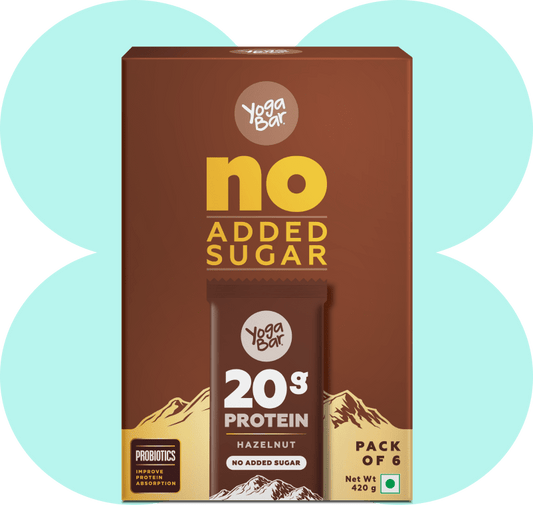




Hazelnut 20g Protein Bar (Pack of 6)
Because you gotta keep your macros sorted.Regular price Rs. 712.00Regular priceUnit price perRs. 839.00Sale price Rs. 712.00Sale -
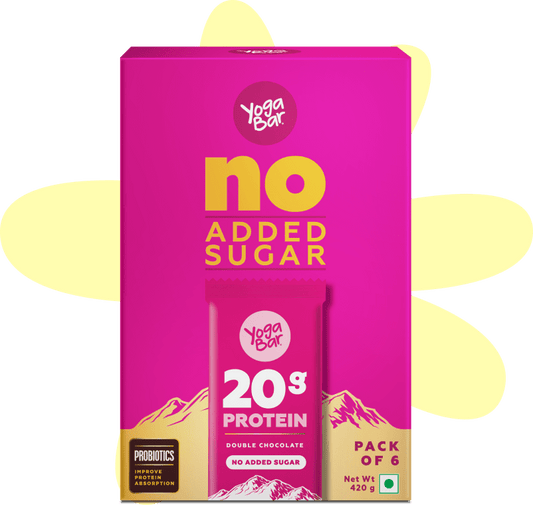




Double Chocolate 20g Protein Bar (Pack of 6)
Double the chocolate. Double the protein.Regular price Rs. 712.00Regular priceUnit price perRs. 839.00Sale price Rs. 712.00Sale -
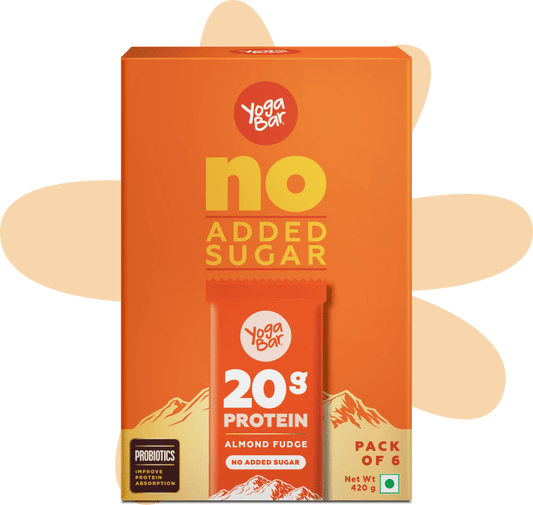




Almond Fudge 20g Protein Bar (Pack of 6)
A little nutty. A little fudgy. A whole lotta protein.Regular price Rs. 712.00Regular priceUnit price perRs. 839.00Sale price Rs. 712.00Sale -
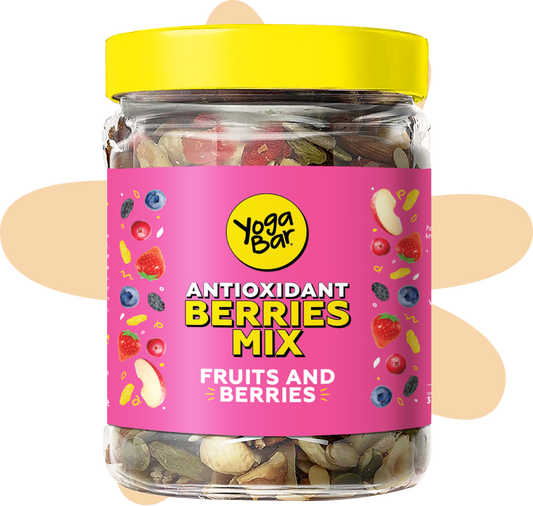



Antioxidant Berries Mix 325g
Oh so berry delicious!Regular price Rs. 569.00Regular priceUnit price perRs. 599.00Sale price Rs. 569.00Sale -
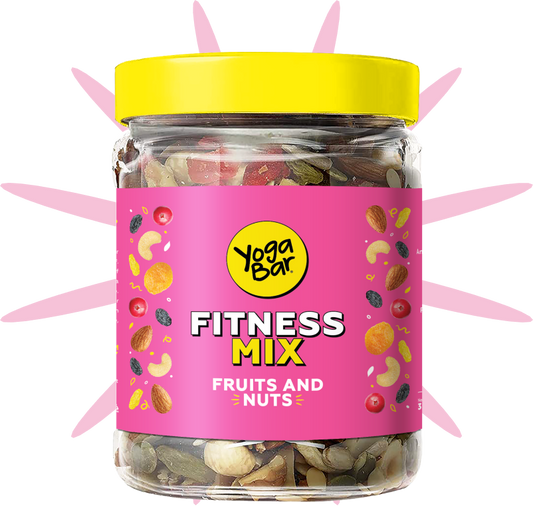




Fitness Trail Mix 325g
The most wholesome trail mix.Regular price Rs. 531.00Regular priceUnit price perRs. 559.00Sale price Rs. 531.00Sale -
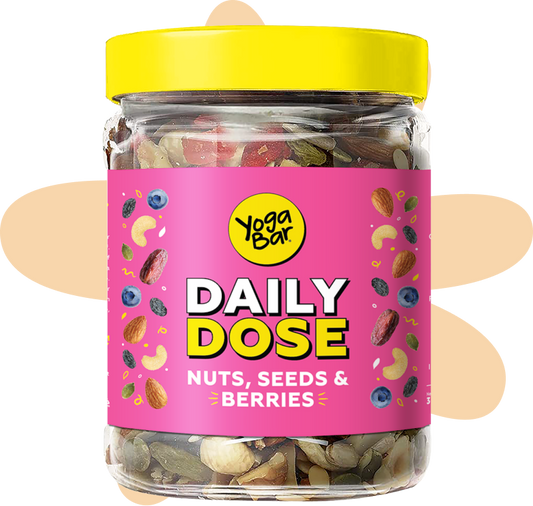




Daily Dose Trail Mix 325g
Stay fit and fabulous, every day.Regular price Rs. 474.00Regular priceUnit price perRs. 499.00Sale price Rs. 474.00Sale -
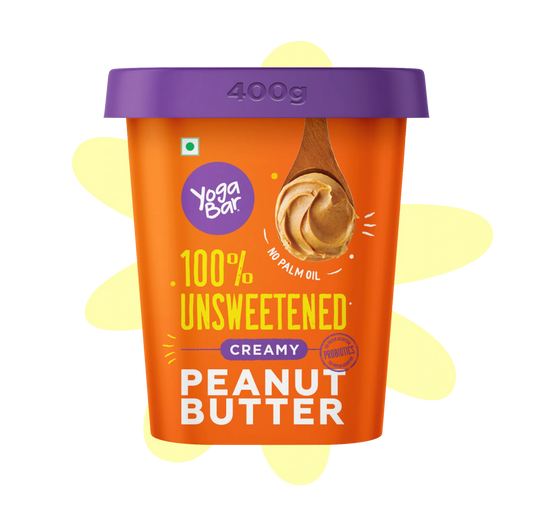



Creamy 100% Unsweetened Peanut Butter 400g
0% sugar. 0% Palm Oil. 100% Nutty. 100% Probiotic.Regular price Rs. 256.00Regular priceUnit price perRs. 269.00Sale price Rs. 256.00Sale -
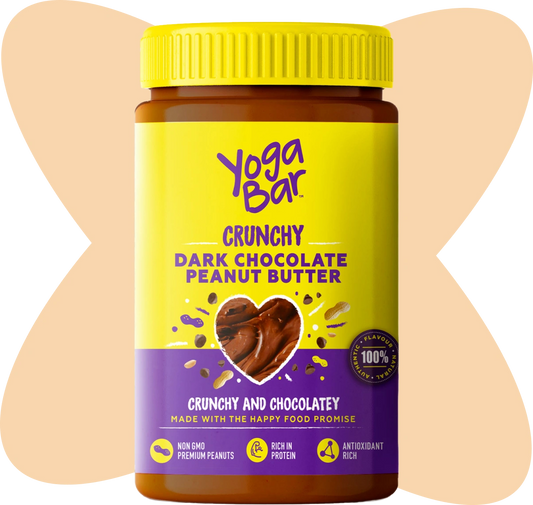




Crunchy Dark Chocolate Peanut Butter with Probiotics 400g
Mornings never sounded better.Regular price Rs. 389.00Regular priceUnit price perRs. 409.00Sale price Rs. 389.00Sale -
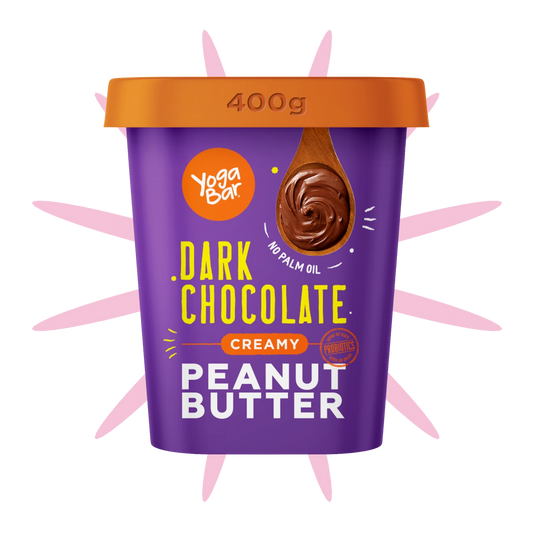




Creamy Dark Chocolate Peanut Butter with Probiotics 400g
Your Monday Morning Motivation.Regular price Rs. 279.00Regular priceUnit price perRs. 294.00Sale price Rs. 279.00Sale -
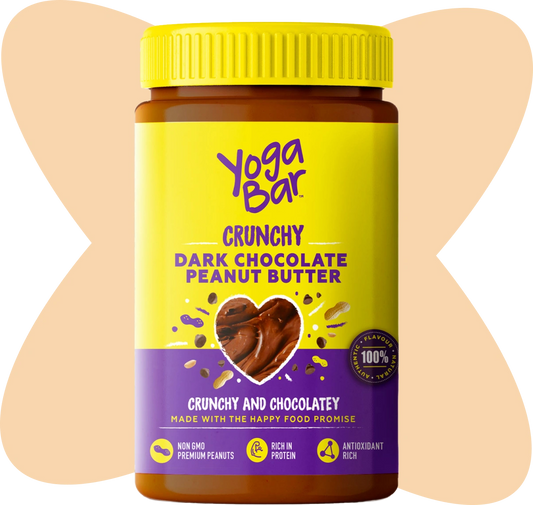




Crunchy Dark Chocolate Peanut Butter with Probiotics 1 Kg
Mornings never sounded better.Regular price Rs. 721.00Regular priceUnit price perRs. 759.00Sale price Rs. 721.00Sale -
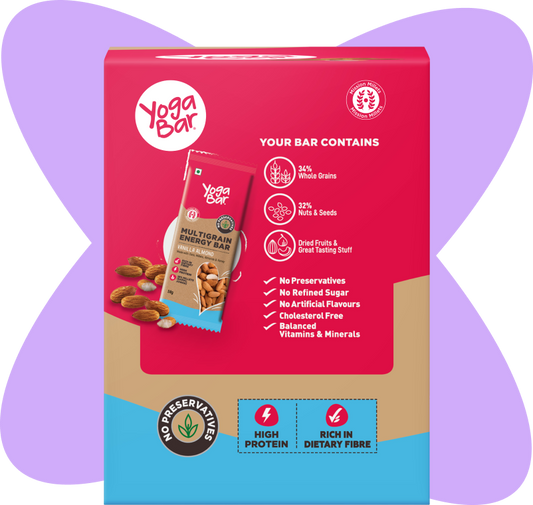



Vanilla Almond Energy Bars (Pack of 10)
Try it. You’d go nuts.Regular price Rs. 399.00Regular priceUnit price perRs. 499.00Sale price Rs. 399.00Sale -
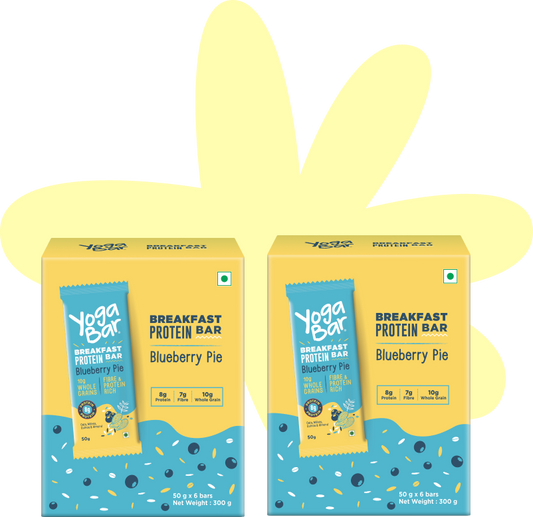




Blueberry Pie Breakfast Bar (Pack of 6) x 2 Boxes
I don’t like blueberry pie, said no one ever!Regular price Rs. 580.00Regular priceUnit price perRs. 718.00Sale price Rs. 580.00Sale -
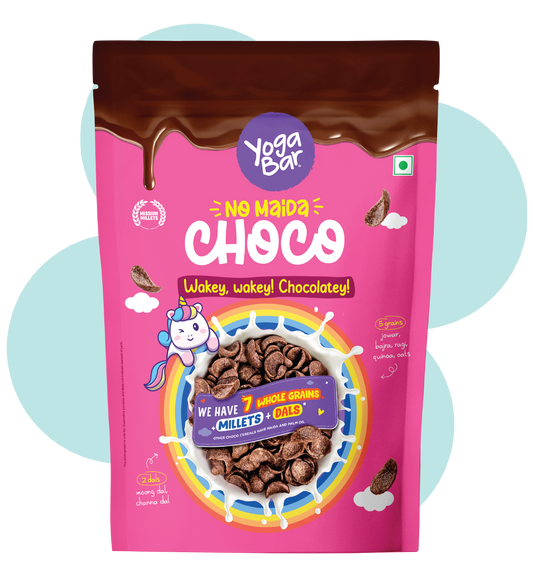



No Maida Choco Cereal Moons and Stars (345g)
Chocolatey cereal with 7 wholegrains and no maidaRegular price Rs. 247.00Regular priceUnit price perRs. 260.00Sale price Rs. 247.00Sold out
Fall in love with the Yoga way of life 🧘 Practice Yum-asana every day 🧘 All aboard the Yum Express 🧘Om Nom Nom Yum
Fall in love with the Yoga way of life 🧘 Practice Yum-asana every day 🧘 All aboard the Yum Express 🧘Om Nom Nom Yum
Fall in love with the Yoga way of life 🧘 Practice Yum-asana every day 🧘 All aboard the Yum Express 🧘Om Nom Nom Yum
Fall in love with the Yoga way of life 🧘 Practice Yum-asana every day 🧘 All aboard the Yum Express 🧘Om Nom Nom Yum
Fall in love with the Yoga way of life 🧘 Practice Yum-asana every day 🧘 All aboard the Yum Express 🧘Om Nom Nom Yum
Fall in love with the Yoga way of life 🧘 Practice Yum-asana every day 🧘 All aboard the Yum Express 🧘Om Nom Nom Yum
- Choosing a selection results in a full page refresh.
- Opens in a new window.
